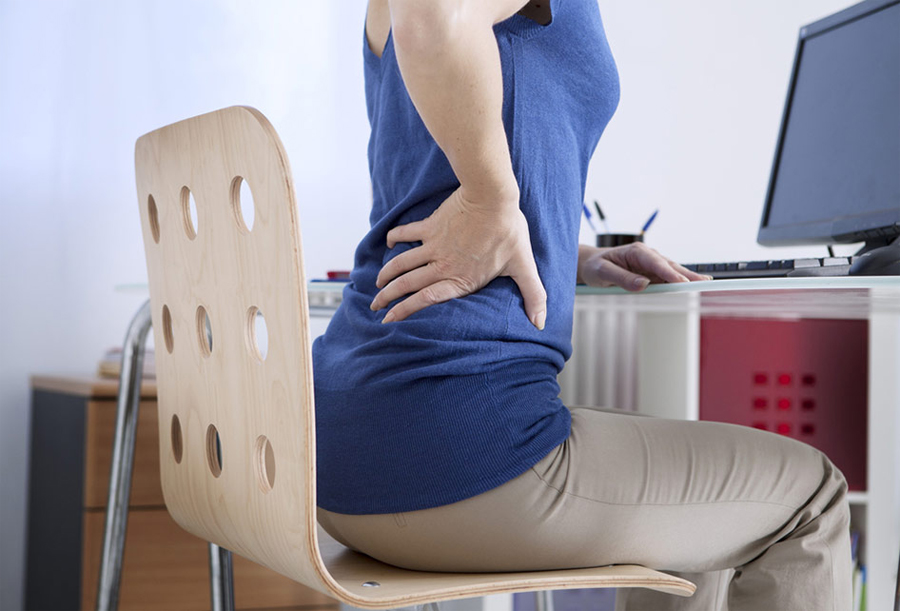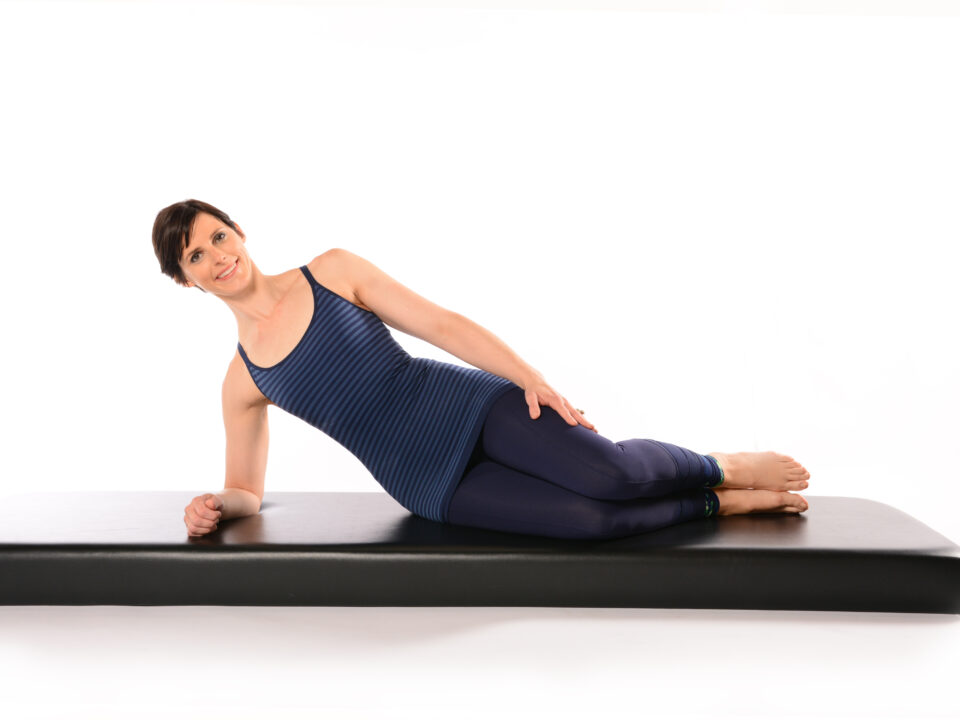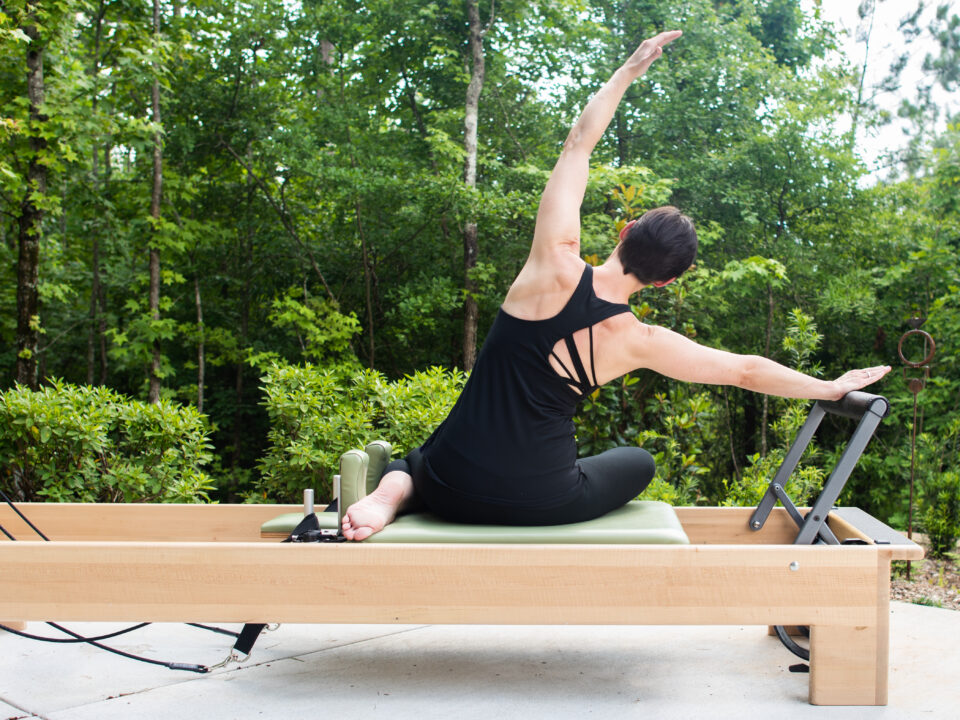- Mon - Fri
7.30 AM – 5.30 PM
Other hours upon request - 770-487-1931
Psoas, so what?: What is the deal with the psoas and why is it important?

You may be saying, “What is the psoas anyway?”
For many of us, psoas (pronounced “so-as”) a completely foreign term to our ears or eyes. For some of us, we know this word better as “hip-flexor.” Without getting too complicated, the psoas is a muscle which helps to bring the leg toward the torso (hip flexion) or vice versa. It also plays a roll in some side bending of the spine (lateral flexion). To be a little more complicated, the psoas is composed of the psoas major and minor (fun fact: the psoas minor only exists in a certain percentage of people). Major attaches from the lower lumbar (low back) spine through the pelvis, to the inner portion of the leg bones. It is the deepest muscle in the core and the only muscle that attaches the spine or torso to the legs directly.
Functionally, the psoas plays a major role in the position of the body in seated, walking, and even in standing.
For seated, the psoas muscle brings the leg toward the torso (90º fold of the hip).
In walking, the psoas helps to lift the leg from a stable spine.
In standing, the psoas helps to stabilize the spine on the legs. With this posture as with seated, the psoas can contribute to an anterior pelvic tilt (think sticking your bottom out) or a posterior pelvic tilt (curling your pelvis forward), thus affecting the spine to be lordotic (extra curved at small of the back), or swayed back (hunched).
Really, there is a lot going on the with the psoas and the affects of it on our bodies (click the link at the bottom of this article for more information); however, let’s focus on the simple ideas of posture and muscle hygiene.
How does the psoas contribute to bad posture?
From a physiological standpoint, let’s think about what happens when we are sitting for long periods of time. The hip flexors are shortened to bring the thighs toward our torso, right? If those hip flexors stay in a shortened position over long periods of time, they can feel tight. It may feel like in resting/seated that nothing is wrong, but after sitting for long periods of time, when we stand up, we feel the tightness or the “pulling” of the muscle as we try to take it to its full range of motion. The muscle must lengthen in order for us to stand properly. Not only can the psoas become tight, but it can also become weak trying to tighten even more to compensate for their weakness.
If we’re engaged in a job or hobby that requires lots of sitting or driving, we most likely have felt the effects of the psoas. Does the low back tend to hurt? Do we feel somewhat tight in the hips, maybe some pain in the front of the hips? The psoas’ attachment to the lumbar spine (remember, lumbar = low back spine) can cause the muscle to pull on the spine when it’s tight and change the alignment of the spine. When the spine is out of alignment, force is no longer distributed through the spine the way it should be. This causes some of the vertebra to take on too much pressure and may, in turn, lead to herniated discs and other back issues.
If the psoas is short and tight, then we need to stretch. If it is weak and overstretched, we need to strengthen. This leads us to muscle hygiene.
What is good muscle hygiene for the psoas? Think of it like flossing your teeth – keeping spaces that maybe nobody can see or get to very easily in their top condition.
Try this breath-work:
Lie on your back with neutral pelvis and your hands on your belly. Breathe into your belly allowing your hands to rise. Now, tighten your belly without losing your neutral pelvis (think of putting on tight pants), and try to breathe into your back. If you’re successful, you should feel your back reaching down into the mat or ground with your inhale and that pressure release with your exhale. The goal is to direct your breath into the back of your body and allow it to massage the deep muscles in the body.
Try this release:
Draw an imaginary line from your belly button down to your hip bone. In the center of that line, place a small soft ball maybe about 3-4 inches in diameter, and lie on the ball face down. This is a trigger point release for the psoas.
Try this stretch:
In a marriage proposal kneel or in a forward lunge with your right knee forward, place your right hand on your hip. Lean more into your right knee to stretch the front of the left hip, bringing your pubic bone up toward your belly button (posterior pelvic tilt). Take your left hand out to the side, reach up and over your head toward your right shoulder into a side bend. You should feel the psoas being stretched here.
Try this posture:
Sit or stand in neutral pelvis, making sure both of your hip bones and your pubic bone are parallel to the wall in front of you. Now, lengthen your torso up away from your pelvis in both the front and back of your body. Imagine someone coming from behind you and putting their hands around your rib cage and lifting your rib cage up away from your pelvis. Try to hold that space between the hips and ribs as you breath in and out.
Try this exercise (to strengthen):
Stand in a doorway with your hands flush to the frame. Make sure you’re standing in neutral as explained in the above idea labeled “try this posture.” Lift one knee up as high as you can without changing your torso’s posture. Alternate legs. Once you feel confident about this, try to lift the entire leg without changing your posture. You can also do this exercise while seated in a chair.
Why is it so important to have good posture and hygiene of the psoas? From more than a physical perspective, the psoas plays a role in our psychological wellbeing as well. The psoas is nicknamed the “fight or flight” muscle due to the “knee-jerk reaction” it creates when tense. Think about “fight or flight” – the body is at the ready to engage in action. From a psychological standpoint, when stressed or mentally prepared for “fight or flight,” muscles in the body tense. If the psoas is constantly tense due to mental or emotional stress, we need to help the body out and in return it can also help the mind. Can we go through the body and breathe into it and calm these muscles that may be “at the ready” when our body should be at rest?
So no more “so what?” about the psoas – overall, the psoas is a big deal! Even though you can’t see it or always feel it, it plays a part in both our physical and mental wellbeing, affecting our body’s function and posture and more. To learn more about it’s affects on the body, visit this site:
You may be saying, “What is the psoas anyway?”
For many of us, psoas (pronounced “so-as”) a completely foreign term to our ears or eyes. For some of us, we know this word better as “hip-flexor.” Without getting too complicated, the psoas is a muscle which helps to bring the leg toward the torso (hip flexion) or vice versa. It also plays a roll in some side bending of the spine (lateral flexion). To be a little more complicated, the psoas is composed of the psoas major and minor (fun fact: the psoas minor only exists in a certain percentage of people). Major attaches from the lower lumbar (low back) spine through the pelvis, to the inner portion of the leg bones. It is the deepest muscle in the core and the only muscle that attaches the spine or torso to the legs directly.
Functionally, the psoas plays a major role in the position of the body in seated, walking, and even in standing.
For seated, the psoas muscle brings the leg toward the torso (90º fold of the hip).
In walking, the psoas helps to lift the leg from a stable spine.
In standing, the psoas helps to stabilize the spine on the legs. With this posture as with seated, the psoas can contribute to an anterior pelvic tilt (think sticking your bottom out) or a posterior pelvic tilt (curling your pelvis forward), thus affecting the spine to be lordotic (extra curved at small of the back), or swayed back (hunched).
Really, there is a lot going on the with the psoas and the affects of it on our bodies (click the link at the bottom of this article for more information); however, let’s focus on the simple ideas of posture and muscle hygiene.
How does the psoas contribute to bad posture?
From a physiological standpoint, let’s think about what happens when we are sitting for long periods of time. The hip flexors are shortened to bring the thighs toward our torso, right? If those hip flexors stay in a shortened position over long periods of time, they can feel tight. It may feel like in resting/seated that nothing is wrong, but after sitting for long periods of time, when we stand up, we feel the tightness or the “pulling” of the muscle as we try to take it to its full range of motion. The muscle must lengthen in order for us to stand properly. Not only can the psoas become tight, but it can also become weak trying to tighten even more to compensate for their weakness.
If we’re engaged in a job or hobby that requires lots of sitting or driving, we most likely have felt the effects of the psoas. Does the low back tend to hurt? Do we feel somewhat tight in the hips, maybe some pain in the front of the hips? The psoas’ attachment to the lumbar spine (remember, lumbar = low back spine) can cause the muscle to pull on the spine when it’s tight and change the alignment of the spine. When the spine is out of alignment, force is no longer distributed through the spine the way it should be. This causes some of the vertebra to take on too much pressure and may, in turn, lead to herniated discs and other back issues.
If the psoas is short and tight, then we need to stretch. If it is weak and overstretched, we need to strengthen. This leads us to muscle hygiene.
What is good muscle hygiene for the psoas? Think of it like flossing your teeth – keeping spaces that maybe nobody can see or get to very easily in their top condition.
Try this breath-work:
Lie on your back with neutral pelvis and your hands on your belly. Breathe into your belly allowing your hands to rise. Now, tighten your belly without losing your neutral pelvis (think of putting on tight pants), and try to breathe into your back. If you’re successful, you should feel your back reaching down into the mat or ground with your inhale and that pressure release with your exhale. The goal is to direct your breath into the back of your body and allow it to massage the deep muscles in the body.
Try this release:
Draw an imaginary line from your belly button down to your hip bone. In the center of that line, place a small soft ball maybe about 3-4 inches in diameter, and lie on the ball face down. This is a trigger point release for the psoas.
Try this stretch:
In a marriage proposal kneel or in a forward lunge with your right knee forward, place your right hand on your hip. Lean more into your right knee to stretch the front of the left hip, bringing your pubic bone up toward your belly button (posterior pelvic tilt). Take your left hand out to the side, reach up and over your head toward your right shoulder into a side bend. You should feel the psoas being stretched here.
Try this posture:
Sit or stand in neutral pelvis, making sure both of your hip bones and your pubic bone are parallel to the wall in front of you. Now, lengthen your torso up away from your pelvis in both the front and back of your body. Imagine someone coming from behind you and putting their hands around your rib cage and lifting your rib cage up away from your pelvis. Try to hold that space between the hips and ribs as you breath in and out.
Try this exercise (to strengthen):
Stand in a doorway with your hands flush to the frame. Make sure you’re standing in neutral as explained in the above idea labeled “try this posture.” Lift one knee up as high as you can without changing your torso’s posture. Alternate legs. Once you feel confident about this, try to lift the entire leg without changing your posture. You can also do this exercise while seated in a chair.
Why is it so important to have good posture and hygiene of the psoas? From more than a physical perspective, the psoas plays a role in our psychological wellbeing as well. The psoas is nicknamed the “fight or flight” muscle due to the “knee-jerk reaction” it creates when tense. Think about “fight or flight” – the body is at the ready to engage in action. From a psychological standpoint, when stressed or mentally prepared for “fight or flight,” muscles in the body tense. If the psoas is constantly tense due to mental or emotional stress, we need to help the body out and in return it can also help the mind. Can we go through the body and breathe into it and calm these muscles that may be “at the ready” when our body should be at rest?
So no more “so what?” about the psoas – overall, the psoas is a big deal! Even though you can’t see it or always feel it, it plays a part in both our physical and mental wellbeing, affecting our body’s function and posture and more. To learn more about it’s affects on the body, visit this site:
https://www.drnorthrup.com/psoas-muscle-vital-muscle-body/



